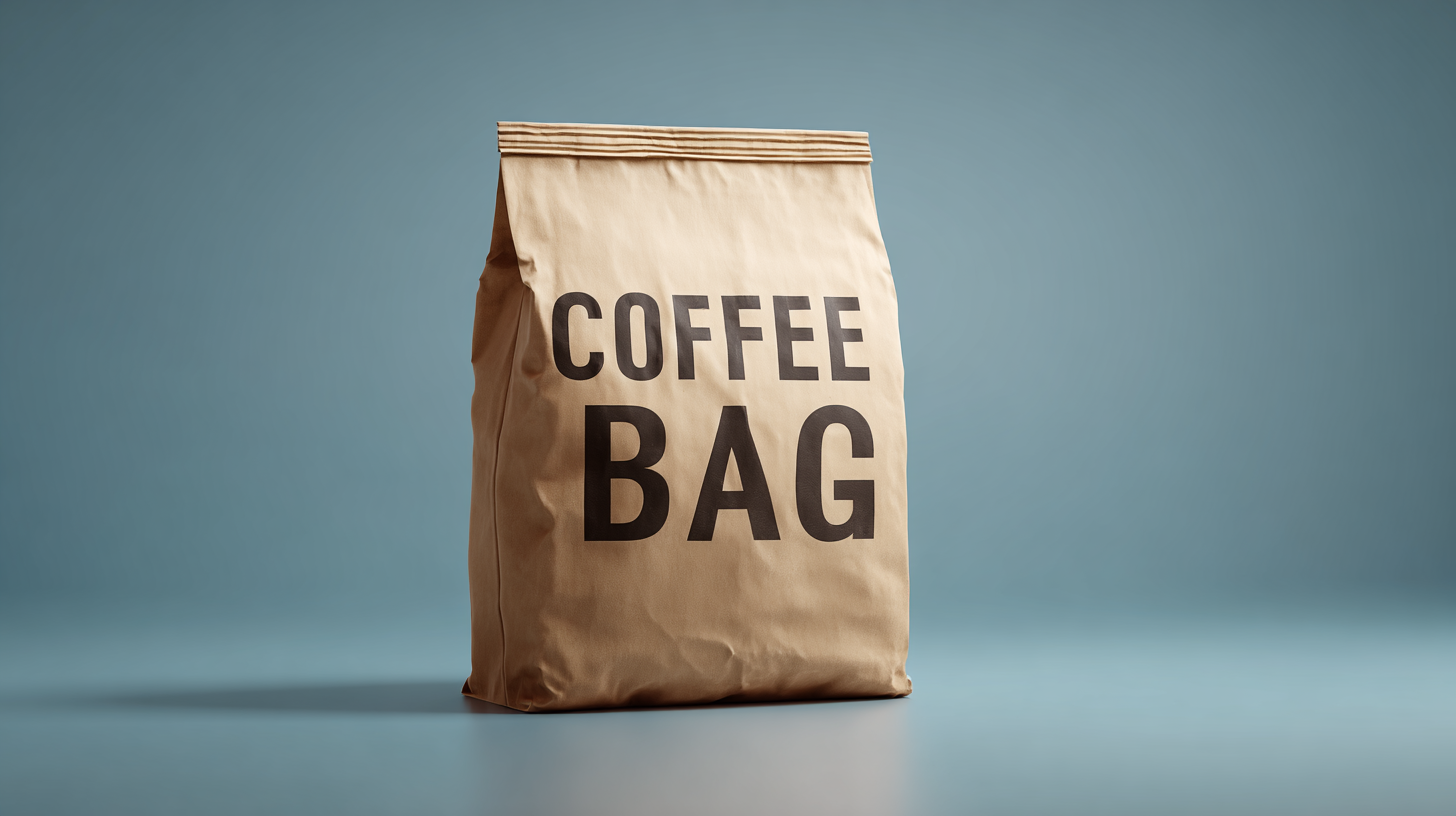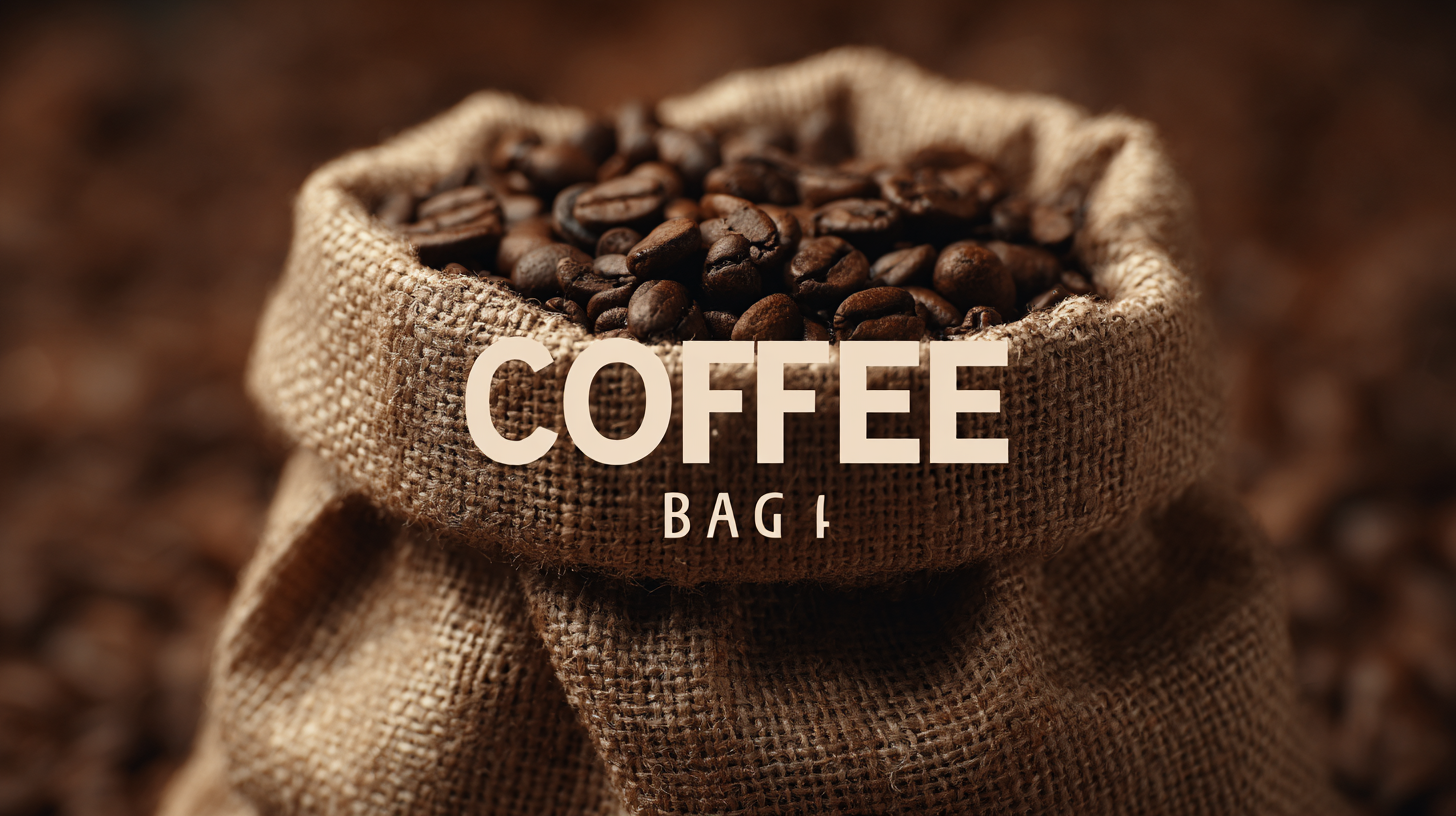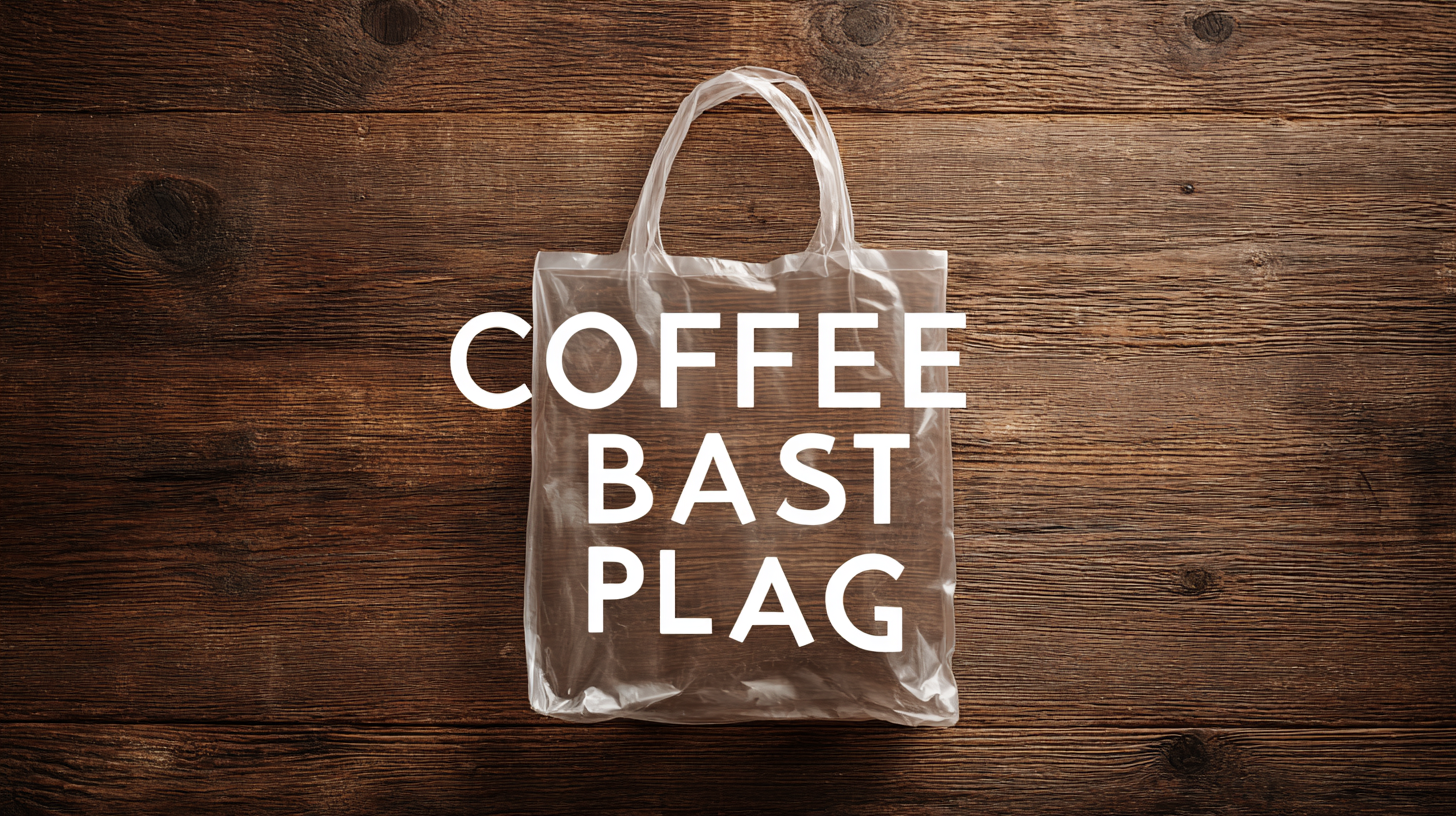- Phone:+86 15218629499
- Phone: +86 15766990063
- E-mail: Yzprinting01@163.com
In the ever-evolving coffee industry, the importance of packaging cannot be overstated, particularly when it comes to preserving the freshness and shelf life of coffee beans. According to a recent report by the National Coffee Association, approximately 70% of consumers cite freshness as a critical factor in their coffee purchasing decisions. This makes the choice of an appropriate Coffee Plastic Bag paramount for roasters and retailers alike. High-quality packaging plays a pivotal role in preventing oxidation and moisture ingress, which can compromise flavor profiles and overall quality. Moreover, industry research indicates that coffee packaged in optimal materials can maintain its freshness for up to 12 months longer than those in inferior bags. This blog will explore how to select the best Coffee Plastic Bag that not only preserves the rich flavors of coffee but also meets the sustainability demands of today's eco-conscious consumers.

When it comes to preserving the freshness and flavor of coffee, the choice of packaging is critical. Coffee bags are designed to shield the beans from air, humidity, and light—three major factors that can lead to the degradation of flavor and aroma. According to a report from the Specialty Coffee Association, exposure to air can lead to oxidation, rendering coffee stale within weeks. Therefore, not only does the material of the coffee bag matter, but elements such as one-way valves, which allow gases to escape without letting air in, can play a crucial role in maintaining optimal freshness.
In recent studies, experts recommend breaking larger bags of coffee into two-week portions and vacuum sealing them to prevent exposure to the elements that compromise quality. This method is echoed in various expert tips, which suggest that storing coffee in a cool, dark place—rather than the fridge—can significantly enhance its shelf life. The National Coffee Association highlights that temperature fluctuations can cause condensation, further deteriorating the coffee. Hence, investing in high-quality coffee bags and proper storage techniques is essential for any coffee lover seeking to enjoy their brew at its best.
When selecting a coffee plastic bag, understanding the key materials used in coffee packaging can significantly impact freshness and shelf life. One common material is polyethene, known for its moisture-resistant properties. This type of packaging helps to prevent water exposure, which can lead to mold growth. Additionally, polyethylene bags can be sealed tightly, ensuring that oxygen, a major enemy of fresh coffee, is kept at bay.
Another important material is multi-layer films, which often include a combination of various polymers. These layers are designed to offer high barrier protection against light, oxygen, and humidity, thereby extending the coffee’s shelf life. By choosing bags made from these advanced materials, coffee lovers can enjoy a more prolonged freshness for their beans or grounds.
Tips: When purchasing coffee, look for bags that include one-way valves. These valves allow gases released during roasting to escape while preventing air from entering, safeguarding the coffee’s flavor profile. Additionally, consider the thickness of the packaging; thicker bags typically provide better protection against external elements. Lastly, store your coffee in a cool, dark place to maximize the benefits of high-quality packaging.

Oxygen and light are two critical factors affecting the quality of coffee over time. When coffee beans are exposed to oxygen, a process known as oxidation begins, leading to a deterioration in flavor and aroma. According to a study by the Specialty Coffee Association, coffee can lose up to 50% of its freshness within just two weeks when improperly packaged. This indicates the importance of using airtight bags that prevent oxygen seepage, ensuring that the beans retain their rich profiles for as long as possible.
Light exposure also plays a significant role in degrading coffee quality. UV rays can alter the chemical composition of the coffee, resulting in stale and dull flavors. A report from the American Chemical Society highlights that exposure to light can increase the degradation rate of key compounds responsible for coffee's desired flavors, such as lipids and phenols. Therefore, packaging coffee in opaque, light-resistant bags helps shield the beans from harmful light, preserving their vibrant characteristics and extending their shelf life. By understanding these factors, coffee enthusiasts can make informed decisions when selecting packaging solutions that protect their beans and enhance their brewing experience.
When it comes to selecting the best plastic bag for storing coffee, the choice of seal type can significantly impact freshness and shelf life. The two most popular options are Ziplock and heat seal. Ziplock bags provide convenience and ease of use, allowing you to reseal the bag multiple times. However, they may not create an airtight seal, which is crucial for preserving the coffee's aroma and flavor over extended periods.
On the other hand, heat-sealed bags are designed to eliminate air from the packaging, thus preventing oxidation and maintaining the coffee's freshness. This method is especially beneficial when you're storing larger quantities of coffee or looking to maintain optimal flavor profiles. Heat-sealing is a more permanent solution, ensuring that your coffee remains protected from light, air, and moisture.
**Tips for optimal storage:** Always consider packaging your coffee in smaller heat-sealed packages if you buy in bulk; this way, you can minimize exposure to air each time you open a bag. For those using Ziplock bags, store them in a cool, dark place to reduce the risk of spoilage. Finally, if you frequently use coffee, investing in a vacuum-seal machine can offer the best of both worlds, providing the convenience of resealability and the freshness of a heat-sealed environment.
When selecting a coffee plastic bag, the durability and protection offered by weight and thickness are critical factors that directly influence the freshness and shelf life of the coffee inside. According to a recent report by the Specialty Coffee Association, thicker coffee bags (typically above 60 microns) significantly enhance barrier properties against moisture and oxygen—two of the most detrimental elements for coffee preservation. Bags with a thickness of 70-100 microns can provide a substantial enhancement in protection, reducing the risk of staleness and oxidation.

Moreover, the weight of a coffee bag is not just a measure of sturdiness; it also plays a crucial role in durability. Research indicates that bags weighing above 5 grams per square meter are less prone to punctures and tears during handling and transportation. This added layer of protection helps maintain the integrity of the coffee beans, ensuring the rich aroma and flavor are preserved until the moment of brewing. Additionally, eco-friendly alternatives made from biodegradable materials are becoming increasingly popular, providing a robust solution while also addressing sustainability concerns in the coffee industry.
